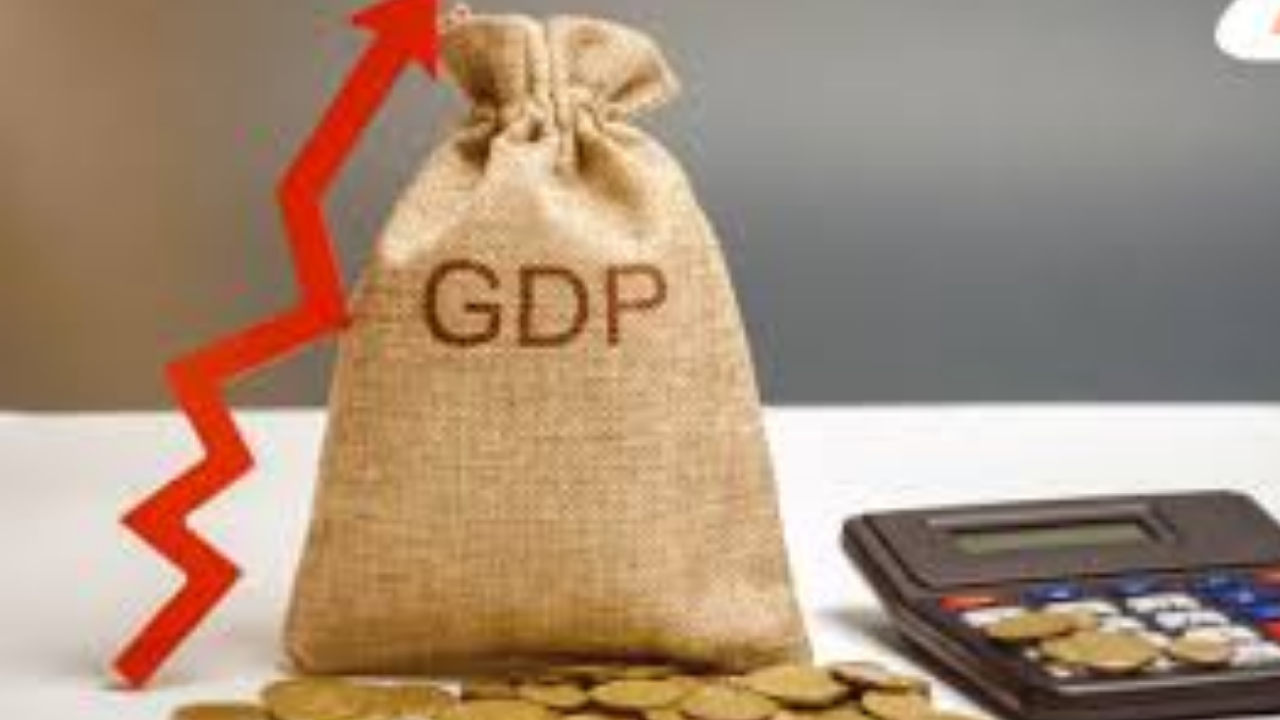India’s economic landscape for the 2025-26 financial year is looking robust, with leading ratings agency ICRA projecting significant growth and providing insights into key indicators.
Key Economic Projections for FY2025-26
ICRA forecasts India’s real GDP growth to exceed 6.5%, a strong indicator of the nation’s economic momentum. Complementing this, real Gross Value Added (GVA) growth is expected to surpass 6.3%. It’s helpful to remember that while GDP measures the total value of all goods and services produced, GVA focuses on the value added at each stage of production, giving a clearer picture of sectoral contributions.
Inflation and Fiscal Health
On the inflation front, the Consumer Price Index (CPI) is anticipated to be above 4.2%, with the Wholesale Price Index (WPI) projected to exceed 2.7% for the current fiscal year.
ICRA also provides a positive outlook on India’s fiscal health, forecasting the fiscal deficit at 4.4% of GDP. The current account deficit (CAD) is projected at a manageable -1%.
Driving Forces Behind Growth
Several factors are expected to fuel this optimistic outlook:
- Robust Rural Demand: Aided by strong Rabi cash flows and above-normal reservoir levels, rural demand is set to remain buoyant.
- Boost to Household Incomes: Disposable incomes are expected to rise due to significant income tax relief in the 2025-26 Union budget, potential rate cuts leading to lower EMIs, and a moderation in food inflation.
- Government Capital Expenditure: A planned 10.1% increase in the Centre’s capital expenditure for 2025-26 is poised to significantly boost investment activity.
- Services Exports Outperforming: While merchandise exports are expected to remain subdued, services exports are likely to show stronger growth, contributing positively to the economy.
Despite a muted outlook for exports and uncertainty surrounding trade policies, ICRA suggests that private capital expenditure might also gain some traction.
This comprehensive outlook from ICRA paints a promising picture for India’s economic performance in the upcoming financial year, driven by a blend of strong domestic demand and strategic government spending.
